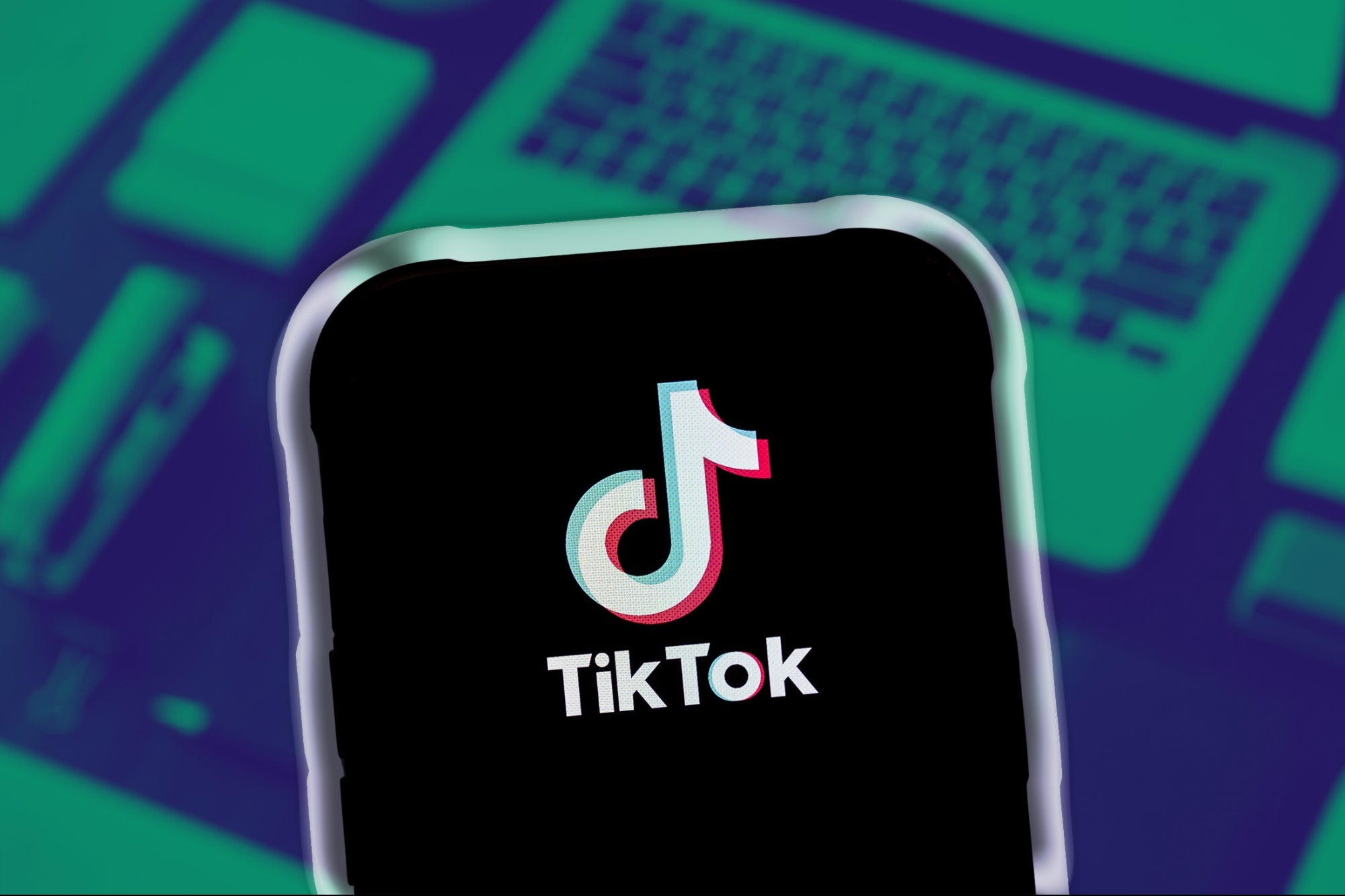5 Ways to Create a Psychologically Safer Workplace for Post Pandemic Employees As European businesses are slowly returning to the old-normal environment, it's important to create a psychologically safe workplace for your employees on their return.
By Dmytro Spilka Edited by Jason Fell
Opinions expressed by Entrepreneur contributors are their own.
You're reading Entrepreneur Europe, an international franchise of Entrepreneur Media.

It's no secret that the corporate world as we once knew it has changed dramatically over the course of Covid-19. From higher numbers of remote employees to the digital revolution of the corporate landscape as a whole, both leaders and their staff members are still navigating a new working environment post-pandemic.
On a slow transition back into the office, it's clear that the pre-Covid business strategy is due for a change to account for the effects that the pandemic has wreaked on the corporate landscape. We're not only talking about a change in target marketing and a shift in priority clientele, we're talking about your HR strategy.
As staff members swap their home office for their corporate building once again, studies have shown that nearly two-thirds of corporate employees are worried about their mental health on their return to work post-pandemic.
It has therefore never been a better time to dust off those HR strategy books and return to the drawing board as your colleagues make their reluctant return. Read on to find out how the pandemic might have affected your employees, and why HR is the key to success when creating a psychologically safe workplace post-Covid.
The psychological impact of Covid-19.
One of the largest, yet most silenced impacts of the Covid-19 pandemic is the effect it has had on the mental health of the global population. From raised symptoms of anxiety disorder to loneliness and low moods from across the nation, it's clear to see that the world is still healing as we head out of the other side.
One group of people that the pandemic affected massively were the corporate workers that were forced to retire from their office chairs and swap them for the sofa during the lockdown. While this sudden shift was accepted well at first by company leaders and their employees, over a year into the pandemic, WFH employees have now reported that their levels of anxiety have risen since working from home and reduced levels of communication have lead to outbreaks of loneliness and low moods, affecting both their mental health and work performance.
More than 50 percent of the remote corporate workforce have revealed that their mental health has plummeted since working from home, making this a real concern for company leaders on their return to the office.
Without sufficient HR support, business leaders are more likely to see company success plummet in a post-pandemic return, as studies show that those who are not happy at work tend to have lower levels of motivation and are less likely to contribute to the success of the company.
The transition from WFH to the office.
With the transition back into the office from home now in full swing, and over 69 percent of the global workforce predicted to be back in the office by the final quarter of 2021, there has never been a better time to navigate the transition for a smooth and supportive return.
Experts suggest that taking the transition slowly could be the key to success. For employees who remain concerned about their future working plan and position in the company, reassurance on return is vital to ensure that they feel both safe and comfortable.
Leaders should also be encouraged to be more present on return, in order to build stronger connections with employees. While HR is important in maintaining employee welfare, corporate teams produce their strongest results when their leader sets an example as an inclusive figure in the workplace. Maintaining a strong presence on return will label leaders as "one of the team' rather than an unapproachable managing figure, encouraging staff members to be open and honest on their return to work and voice any concerns they may have about their future at the company post-pandemic.
How to create a psychologically safer workplace post-pandemic.
This said, navigating the return into the office is only the first step toward a successful workplace environment post-pandemic. For ultimate business success on return, employers need to be thinking into the distant future in terms of staff welfare support and HR strategy. In order to rectify the damages caused by Covid-19, experts suggest that creating a psychologically safe workplace is vital. Creating a safe space where employees are able to open up and express their concerns surrounding workload, stress and mental health encourages stronger team-building skills, establishes important employer/employee relationships and reduces absenteeism as staff members look forward to their working week, rather than dreading their Monday morning alarm.
For post-covid employers, HR professionals and reluctant employees, here are some quick and effective ways to create a more psychologically safe workplace post-pandemic, for a happier, healthier workforce.
1. Strong HR strategies. It's no surprise that happier organisations are reported to perform better. With a predicted 34 percent decrease in staff turnover and 37 percent higher sales, it's clear to see that happy and supported employees are more likely to stay in their position for longer and create larger success for the company overall.
This is where HR steps in. Using your Human Resources team to their full potential is vital when creating a psychologically safe workspace. Not only can an HR team connect and support individual employees, but also use their platform to teach employees how to support each other, creating a positive chain of office-based encouragement.
HR's most important task post-pandemic is switching up their strategies to accommodate reluctant returners and new post-Covid rules and regulations. Liaising with leaders is a great way to get management involved with the return process and come up with new wellbeing strategies that link both the employer and employee.
Introducing stronger lines of communication between staff that include those still working from home is also important. Perfecting the art of the "video call' and utilising new online communication tools such as Slack is a great way to keep staff members connected both in and out of the office.
2. Take the transition slowly. Taking the transition back into the office at your company's own pace is also vital if you want to prioritise mental health on the return to work. Creating a psychologically safe workplace is not about copying other competitors in the corporate sector, but rather about making the right move for each of your employees.
If you've managed to go remote during the pandemic, it might be smart to create a hybrid office system, allowing workers to return gradually to their own place. By creating a balance between office-based and remote-based working, reluctant returners are able to gradually ease themselves back into the workplace environment at their own speed, allowing them to prioritise their own mental health and work where they feel most comfortable. Taking the pressure away from the reluctant return will reduce employee stress, and continue generating success for the company, whether it's in person or remote based.
3. Offer wellbeing workshops. When your team has returned to the office, a great way to reinitiate team bonding and introduce staff members to the post-pandemic working future is the introduction of wellbeing workshops. Not only are they a great way to improve team-building skills and break the stigma surrounding workplace stress and mental health, but they also improve inclusivity and teach employees vital communication skills that can be utilised in a post-Covid working environment.
Introducing workshops that centre around stigmatised subjects such as mental health and workplace stress can encourage struggling employees to feel comfortable to step forward and talk freely about their worries, knowing that they are in a psychologically safe space. Employees need to be reassured that taking enough rest and sleep is an essential component of a productive environment. When leaders and managers emphasise the importance of keeping a healthy work-life balance, employees realise that they are not expected to spend sleepless nights worrying about project deadlines.
Creating post-pandemic geared versions of these workshops can also aid Covid-19 education, helping to ensure worker welfare and physical safety.
4. Ergonomic care, too. Creating a psychologically safe workplace isn't only determined by mental welfare. Our physical welfare can make a big impact on the state of our overall wellbeing and influence not only our mental health but also our productivity and company success.
Prioritising ergonomic welfare is often forgotten within the office, leading to a whopping 86 percent of office workers sitting for up to 8 hours a day.
For those of us also working on screens within our working day, experts suggest that constant blue light exposure not only contributes to the 75 percent of the population who already need glasses but also makes workers more susceptible to headaches, fatigue and muscle aches which all, in turn, affect our mental health.
Therefore, it has never been more important to encourage staff members to take screen breaks. Whether you are able to afford to introduce lunchtime activities into the working rota, or simply teach employees about the 20-20-20 rule, encouraging them to reduce screen time and move about can seriously improve physical fitness and welfare, ultimately improving their mental wellbeing in return.
5. Prioritise those still working from home. As 30 percent of the corporate workforce still remains at home in 2021, it's important for employers not to exclude them from post-pandemic wellbeing schemes. Whether they are still shielding, reluctant to come back into the office or have simply chosen to go 100 percent remote post-Covid, communication is key if you want to remain connected as a hybrid-based team.
Investing in online communication tools such as Slack and Zoom are obvious choices for a successful WFH relationship. Better still, it's time to introduce a digitalised HR system. Allowing WFH employees to have a direct link of communication between themselves and supportive HR professionals could make all the difference in terms of mental wellbeing, as it gives remote workers the ability to be included within wellbeing workshops, team-building exercises and staff support systems, making for a more psychological workspace both in and out of the office.













